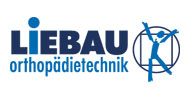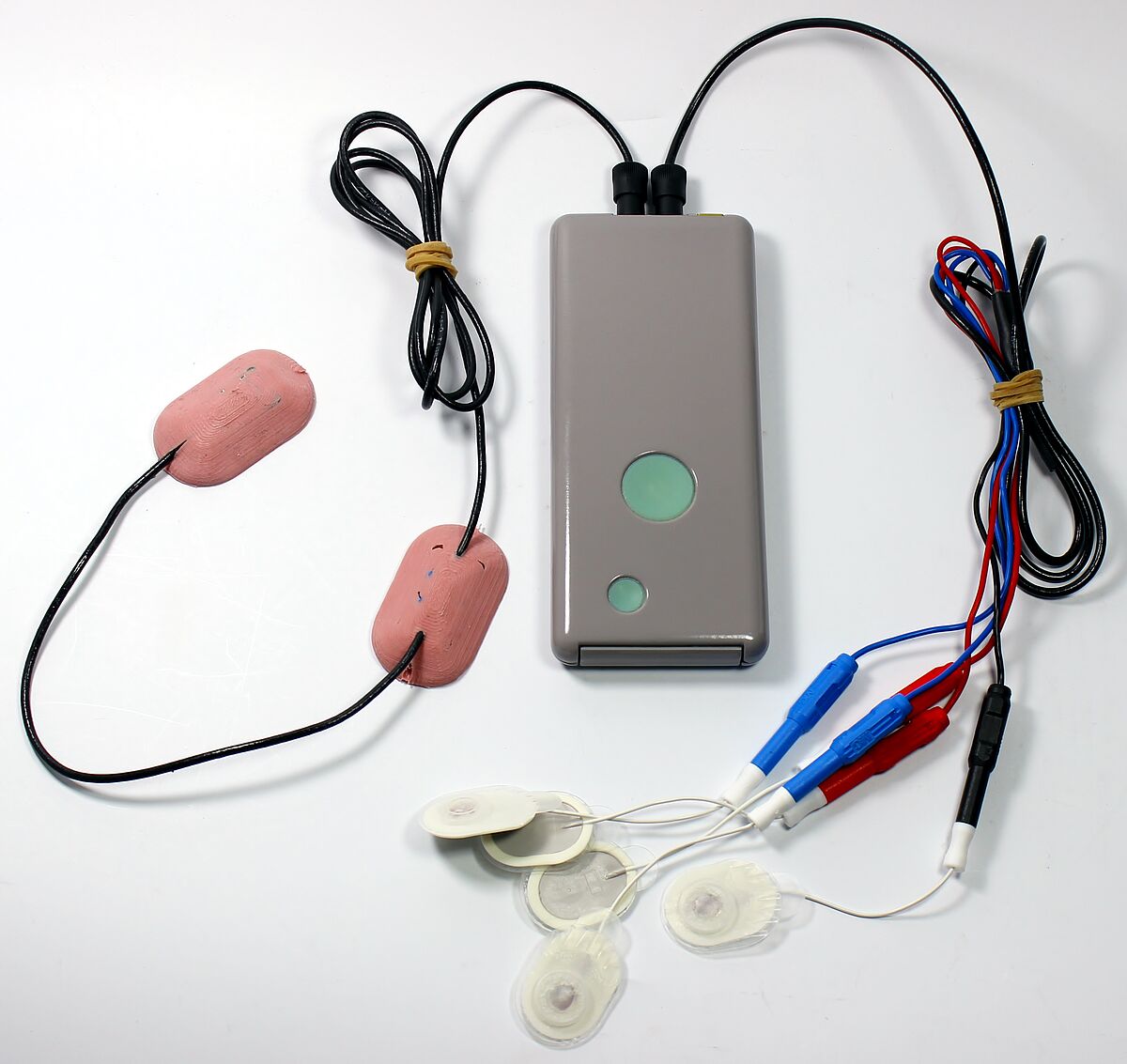NASFIT
Main target of the NASFIT project (Intelligent assistant systems for functional support and therapy monitoring for neu-ro-muscular disorders) is the development of an assistant system for improving the therapy and the therapeutical moni-toring of patients with spastic paresis of the lower extremity originating from neurological disorders like stroke (apo-plex), multiple sclerosis (MS), cerebral palsy (CP), and concussion (MTBI). The assistant system is based on a novel orthotic treatment with integrated sensors for measuring the physical activity and joint mobility in the patients' home environments and an EMG system for monitoring the muscle activity as well as functional electrical stimulation for detoning the affected muscles.
Details
Main target of the NASFIT project (Intelligent assistant systems for functionial support and therapy monitoring for neuro-muscular disorders) is the development of an assistant system for improving the therapy and the therapeutical monitoring of patients with spastic paresis of the lower extremity originating from neuro-muscular disorders like stroke (Apoplexy), Multiple sclerosis (MS), Cerebral palsy (CP), and Concussion (MTBI). The assistant system is based on a novel orthotic treatment with integrated sensors for measuring the activity and mobility in the patients' home environments and an EMG system for monitoring the muscle tone as well as functionial electrical stimulation for detoning and supporting the affected muscles. Because of the variety of affected organ systems a causal therapy of the spastic paresis is hardly possible. Therefore particularly conservative therapies like physical and medicinal therapy, later in progression also often surgical and orthotic measures are applied. The treatment parameters are based on the time-limited assessment of the attending physician in an ambulantory or even in-patient environment using subjective test methods like Ashworth Scale, Numeric Rating Scale, or the 25ft Walk Test. With an integrated care concept comprising the continuous recording of motion activity and mobility over longer periods of time in the familiar domestic environment as an objective measure and thereof resulting insights, a much more accurate planning of all therapeutic measures, especially the medicinal therapy, will be possible. First studies with motion sensors and electromyography (EMG) under laboratory conditions are very promising.
Short Facts
- Project title: NASFIT: Intelligent assistant systems for functional support and therapy monitoring for neuromuscular disorders
- Sub-project at MMIS: Algorithms and modelling
- Project homepage: https://www.technik-zum-menschen-bringen.de/projekte/nasfit
- Runtime: Dec. 2012 / Nov. 2015 (our subproject: Sep. 2013 - May 2015)
- Sponsor: German Federal Ministry of Education and Research (BMBF) under lead partner VDI/VDE/IT VKZ V4UKF026 within the program IKT 2020
- Reference number: 16SV6044
Key Publications
- Hein, Albert, Frank Feldhege, Anett Mau-Möller, Rainer Bader, Uwe Zettl, and Thomas Kirste. “Therapieassistenz bei Neuromuskulären Erkrankungen: Ergebnisse des Projektes NASFIT.” ZL-Kongress Frankfurt am Main, 2016.
Collaboration Partner







